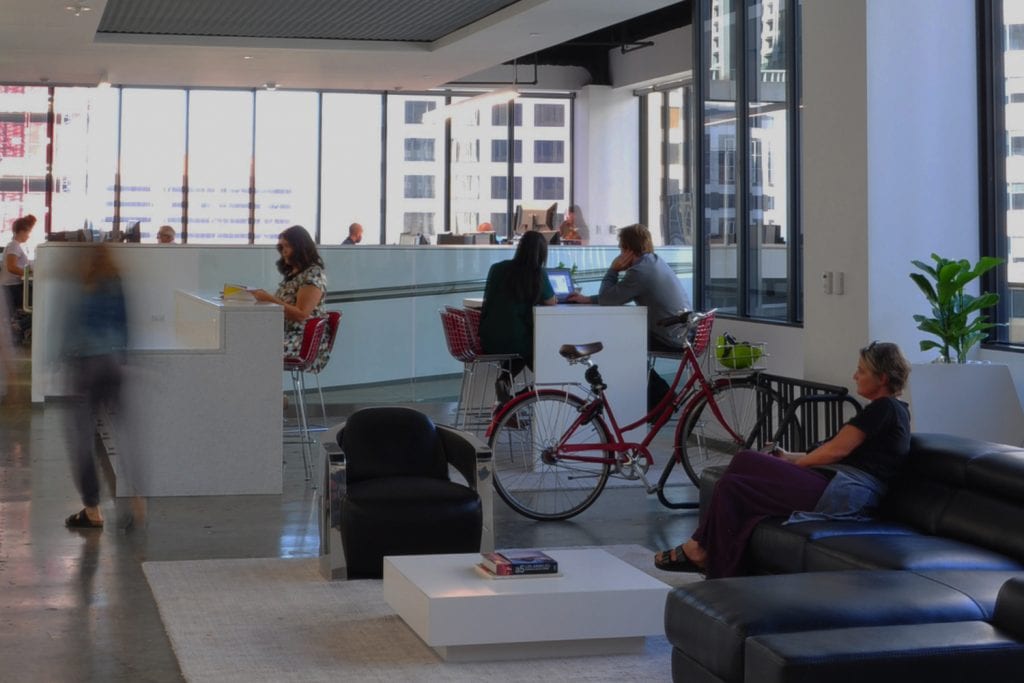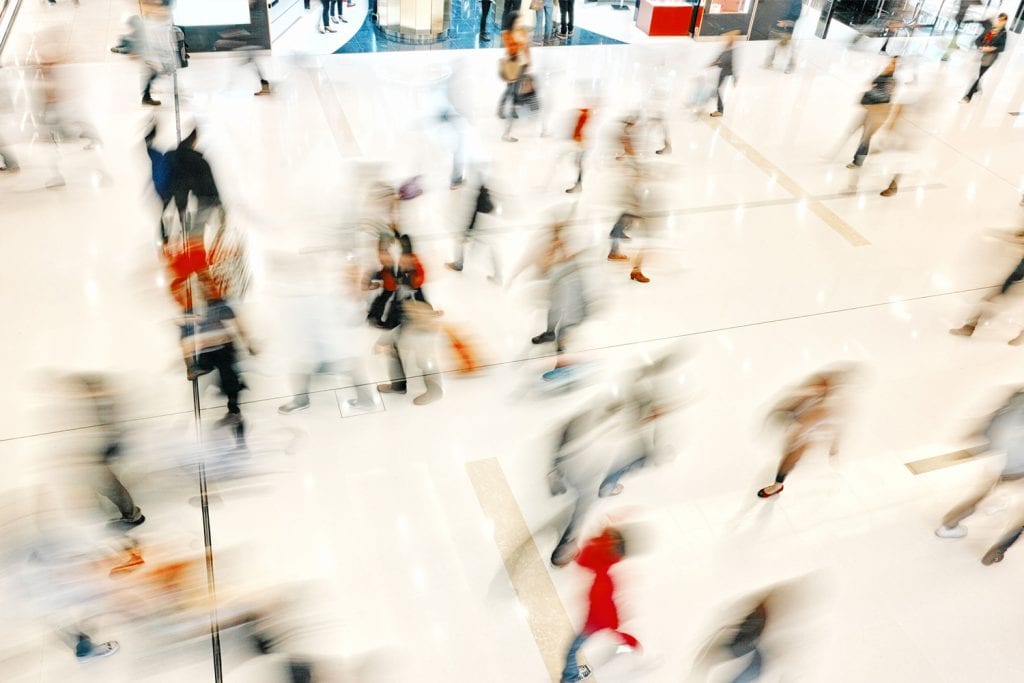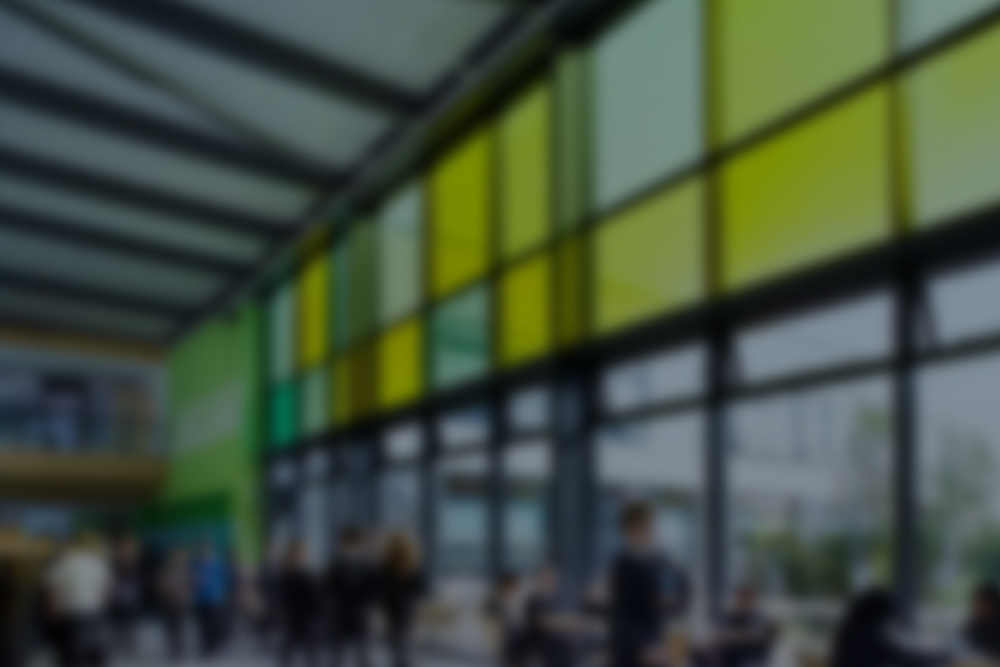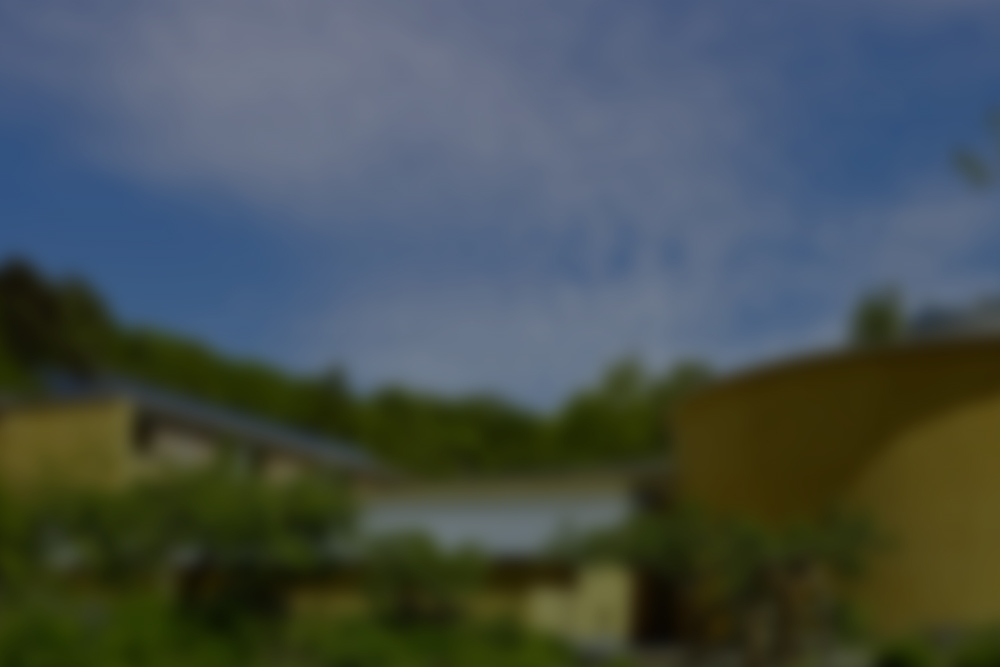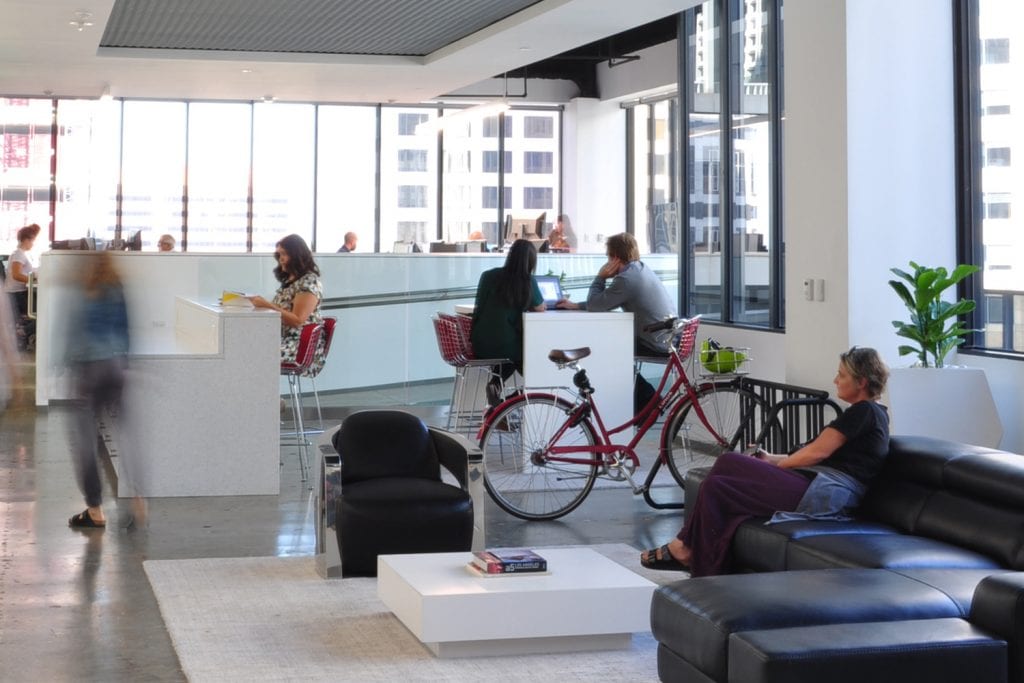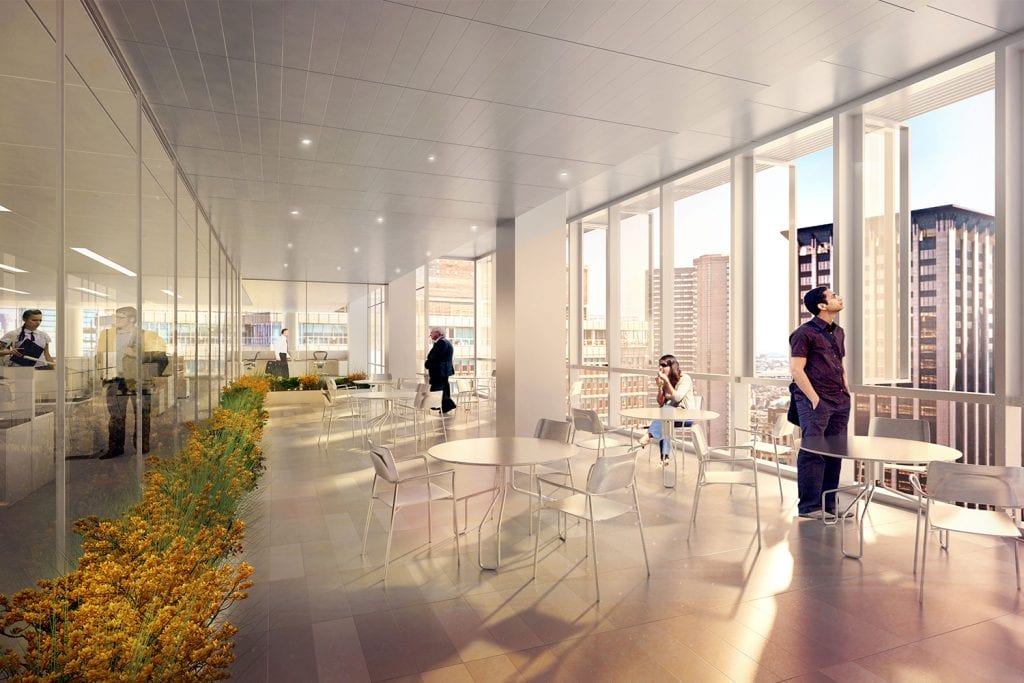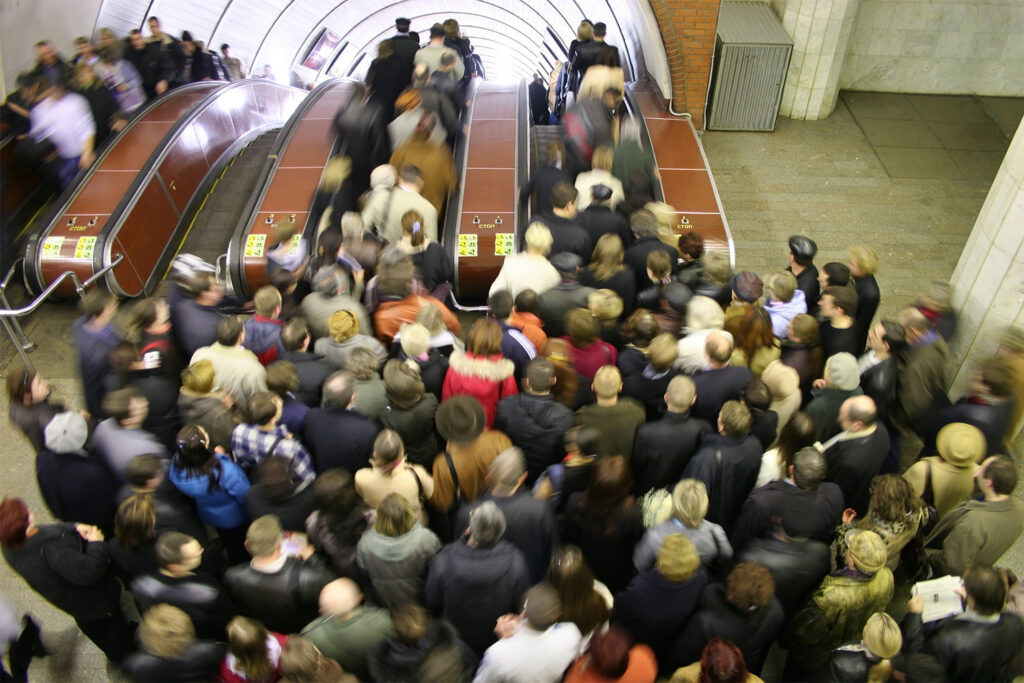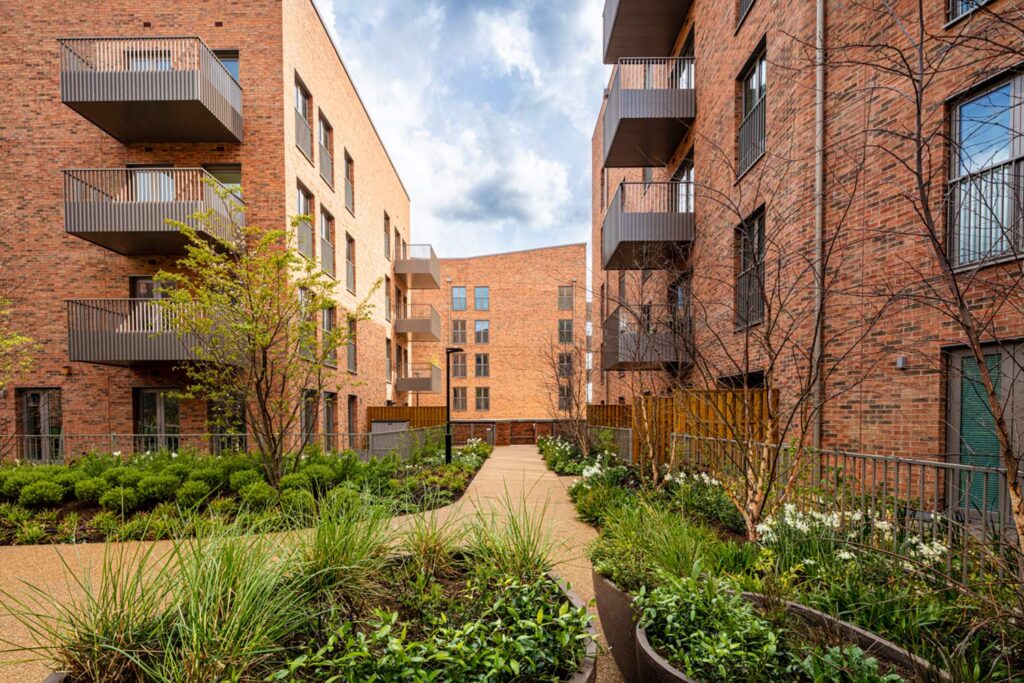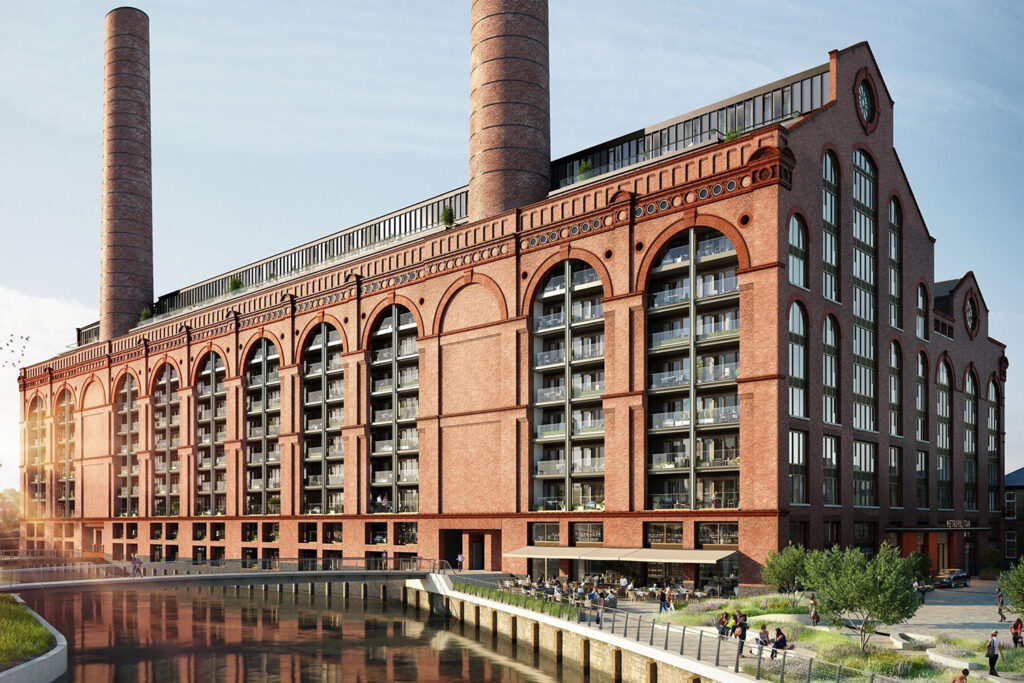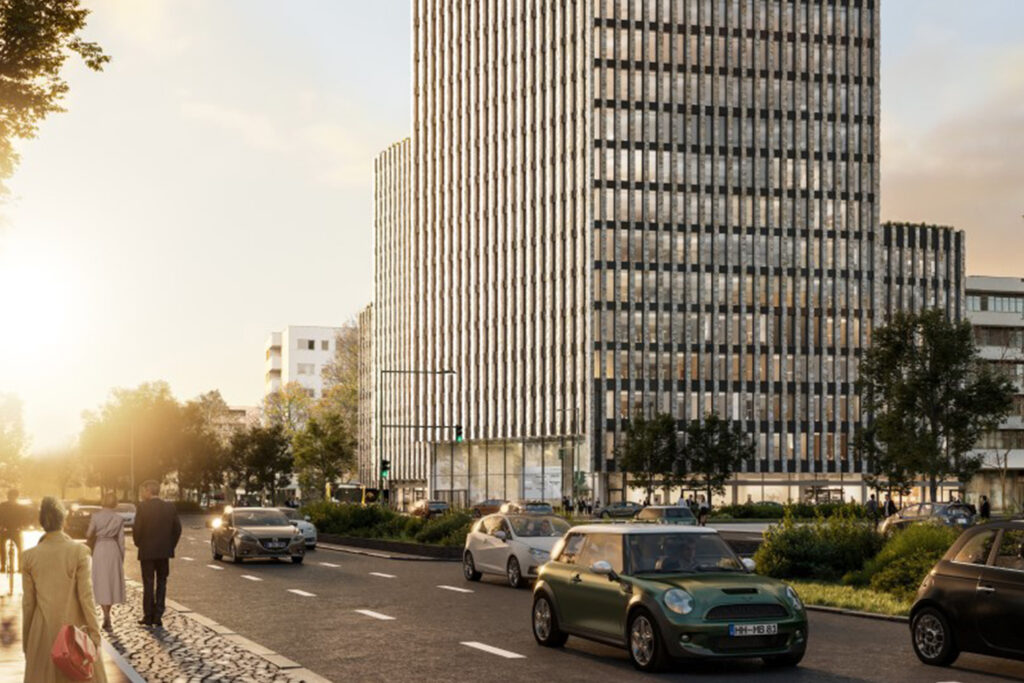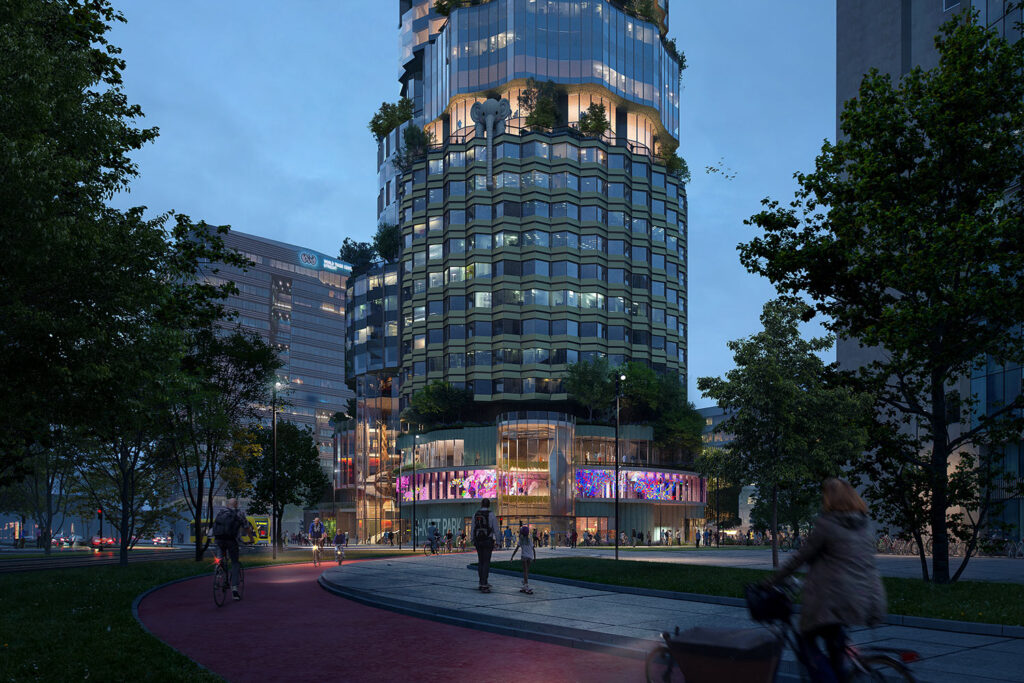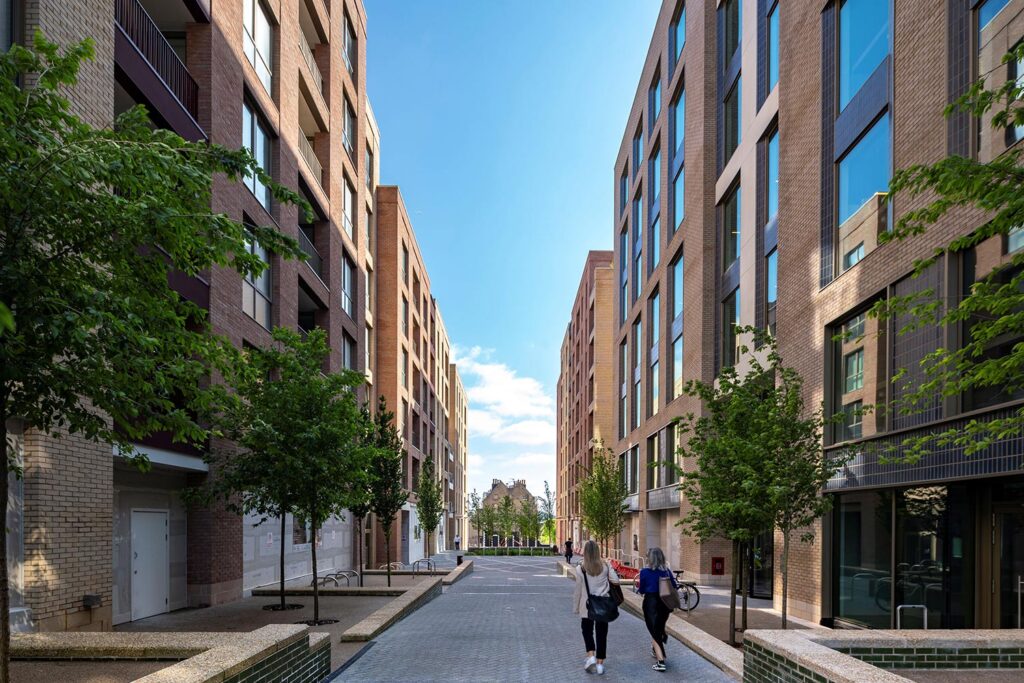Five rules for workplace wellbeing
Sustainability expert Trevor Keeling discusses the key findings from the 2017 Workplace Trends Conference.
We think nothing of moving the sofa, buying a pot plant and creating some mood lighting to improve the ambience in our homes, so why don’t we invest the same level of thought in our work environments? Since we spend more of our waking hours in the office than the house, isn’t it worth incorporating a few creature comforts to boost our spirits?
The people behind the bi-annual Workplace Trends conference certainly think so. The March 2017 event focused on the subject of Wellbeing and Productivity, and discussion centred around ways in which consultants, designers and professionals across the commercial sector can improve workplaces with people-focused design that places user comfort as its top priority.
Throughout the day, a range of speakers addressed various elements involved in designing for Wellbeing and Productivity. While it is a complex subject area, and many of the issues discussed posed questions as well as providing answers, it was possible to isolate 5 key trends:
1. Think natural
Richard MacCowan, from Biomimicry UK, opened proceedings by presenting his work in creating biomimicing systems – such as air filters made from organic materials – and the benefits these natural solutions can bring to employee health and wellbeing.
2. Plant based design
The power of nature in improving the office environment was also at the heart of a talk by Oliver Heath, from Oliver Heath Design. He spoke on the many and varied ways in which nature can be brought into a building – ranging from office plants and green walls, to a mere suggestion of the outdoors through patterns and motifs. He also outlined the new best practice guidelines for biophilic design in the workplace, which he is currently producing with the BRE.
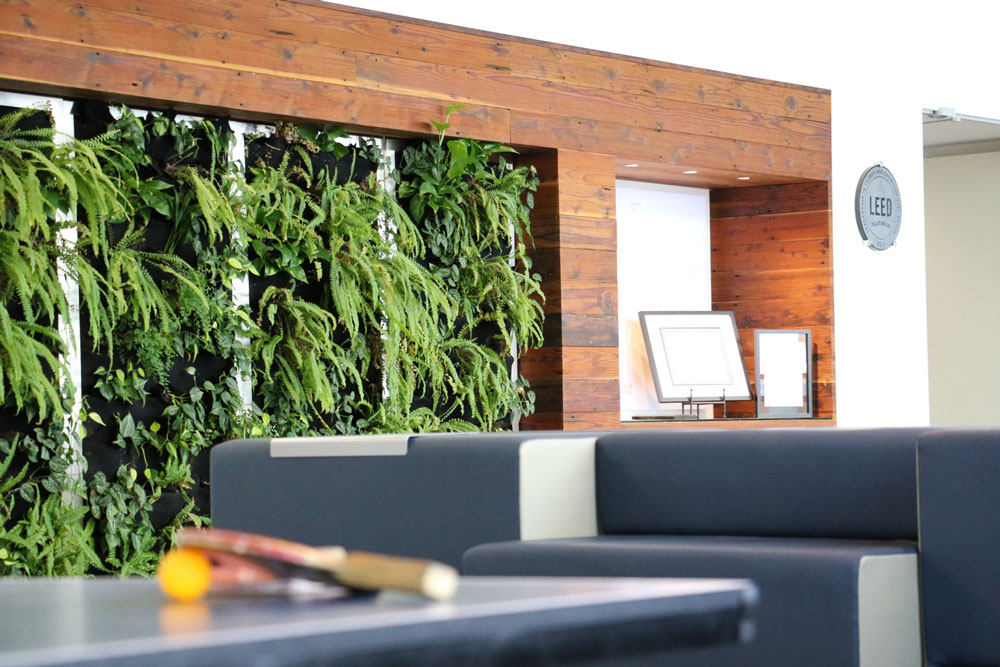
3. Keep calm
Collaboration has long been a buzzword when it comes to office design, resulting in environments kitted out with interactive whiteboards, brainstorm booths and ping pong tables to encourage people to work together and generate ideas.
What emerged at this event, however, was the understanding that creativity is not always something you do with other people. Conference organiser and workplace strategist, Nigel Oseland, examined the importance of providing calm, tranquil spaces that allow for the quiet contemplation that is so valuable to the creative process.
This subject was picked up by Anicee Bauer and Coen van Dijck of Dutch interior design and architecture firm D/Dock, who demonstrated how they have created peaceful spaces for a number of large tech companies. They have also developed an Interior Quality Index that captures the cultural, emotional and spiritual aspects of office design – as well as the physical attributes.
4. Let there be light
The words ‘workplace lighting’ still conjure images of the sort of harsh, neon strip-lights that make your eye-balls ache come 5pm. But, rest assured, the future of office illumination is far less fluorescent. In his talk, Dominic Meyrick of Hoare Lea explored the ways in which the important subjective qualities of lighting can be understood and realised through the use of evocative adjectives such as gloomy, bright, sparkly, and more.
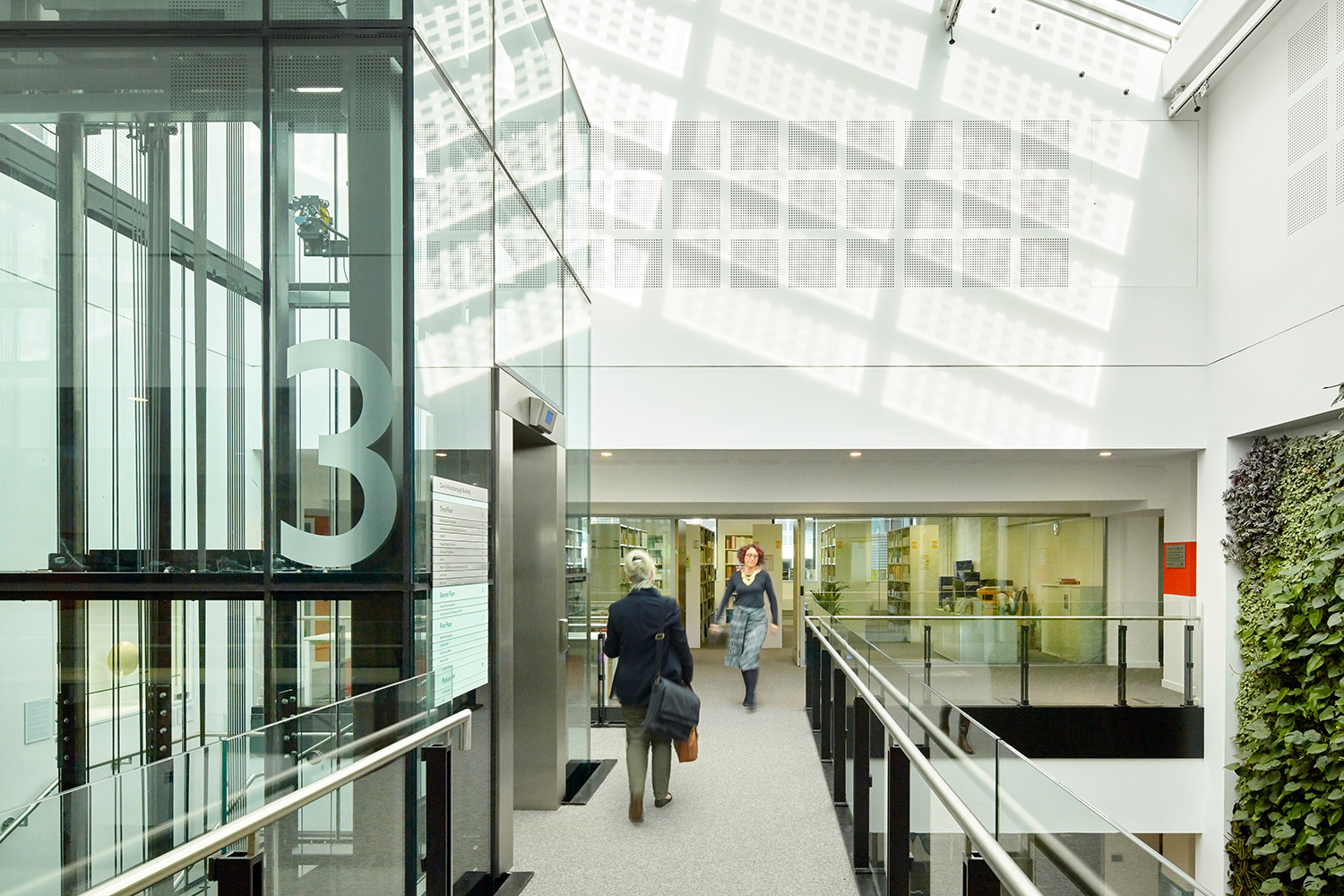
5. Step up to the challenge
At Buro Happold, we are also looking to understand how subjective user preferences can be incorporated into our designs. For too long, engineers have fallen back on minimum standards for physiological function. That is why, as a practice, we are striving to break down the complex issues surrounding user comfort and satisfaction so that we can apply our expertise to resolve them.
I spoke about the challenges and opportunities we have faced in furthering the use of data to track wellbeing and productivity, and illustrated our work in the area through specific project examples. I discussed our use of the CBE survey, Indoor Environment Quality data and user interviews to tweak operations at Morphosis and improve user comfort. I also touched on our work at Shimoga, in which we used local comfort standards – as opposed to those developed in the UK or USA – to optimise passive design in a tropical climate.
